Graphics
Stalker is a game that looks incredibly good, given its age. The engine has gone through many revisions over the years, and the fact that it was massively ahead of its time to start with has meant that it has aged very well. Even today, it is certainly one of the best looking games around, especially in the FPS market. This is pretty neat.The engine ticks a lot of the boxes that you'd expect. There's full High Dynamic Range (HDR) lighting, which is one of the things that really makes performance take a hit, even though the game is not overly demanding. There are also plenty of other options that you play with, which makes the game playable on everything from a GeForce 6600 / Radeon X700 class card and upwards - and what's more, it won't look completely rubbish.
When it comes to FPS, framerate is king, since a dropped frame can mean a bullet in the ass. This is not always true for Stalker, however, which is rather slower paced than many FPS games. There is so much exploring that firefighting really is the minority of the gameplay, and this means you can get away with a slightly lower average framerate.
Here are some of the major settings to tweak, and some of our advice on how best to tweak them.
Textures
The textures in the game are pretty high resolution, and look very good when you get up close. The buildings and cities are all modelled on the real Chernobyl and surrounding areas, so it's appropriate that much of the artwork looks pretty realistic.Textures will make a difference to the performance of the game depending on the size of your graphics card's memory. If you have a 320MB or higher card, you should be absolutely fine with the highest level of textures, and depending on the rest of the system you can possibly get away with a bit lower. On Low, textures are blurry and ill-defined, whereas they can look photo realistic, at times, on Large. Your gun is such a large part of your screen that it really suffers from Low Detail!
Vision distance
Much of the game takes place across rolling landscapes, a la Oblivion, which stretch as far as the eye can see. So, to prevent your machine going mental, you'll want to turn the draw distance down a little.On the lower draw distances, things like trees become indistinct lumps until you get close to them. Whilst on Low, you can still 'see' as far, in that there's no "fog-of-war" or anything, items further away from you do just become un-rendered masses - check out that tree in the back-centre at the end of the road!. We found that vision distance didn't have a massive effect on the framerate, since the inner-city levels don't let you see that far anyway. It's really only worth turning this down if you're scraping for every last frame of performance.
Grass detail
One of the things that makes a big difference to the way the game looks, at least in the countryside areas, is the Grass Detail. Like Oblivion, the grass is a mixture of ground texture and instanced foliage - but here, there is an awful lot more instanced foliage.You need to click for the full-size versions of these images to get the full effect, but the grass on High is a lot more dense and has a lot more depth. On Low, it's mostly texture with a few spare plants making up the numbers. When you combine this with Low Texture Detail, grass is basically just a green blob, which is a bit unfortunate. Grass rendering will eat into your CPU time, since it's all instanced in real-time, so you can turn this down if you're struggling for cycles.

MSI MPG Velox 100R Chassis Review
October 14 2021 | 15:04


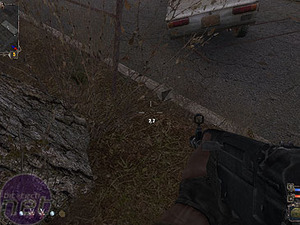
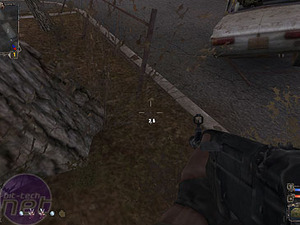
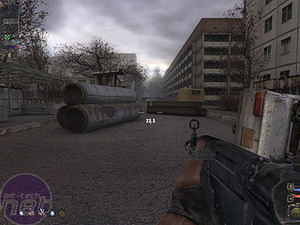
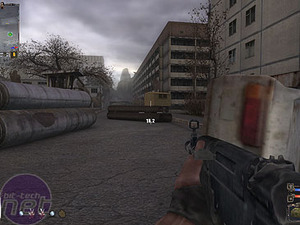
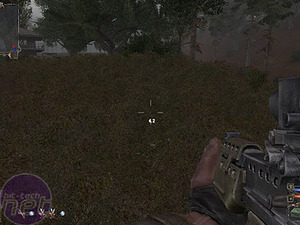
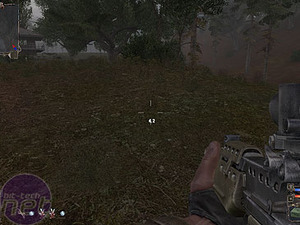








Want to comment? Please log in.